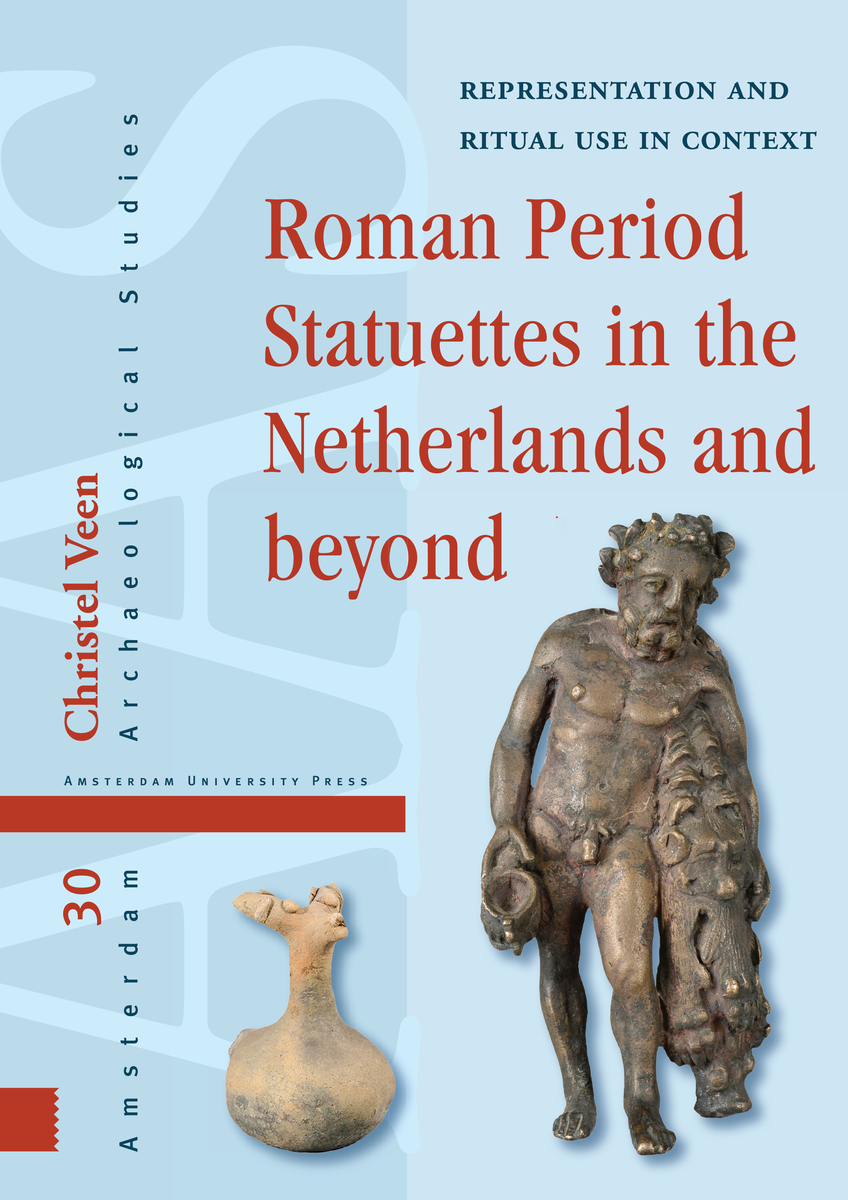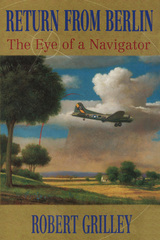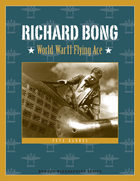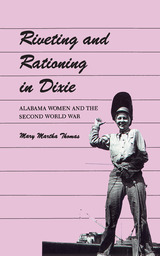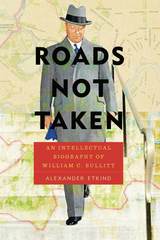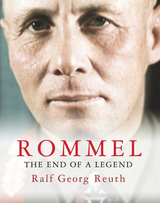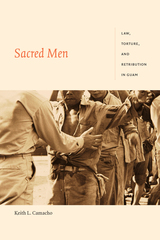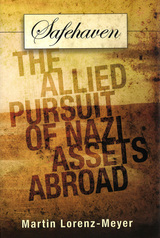Roman Period Statuettes in the Netherlands and beyond: Representation and Ritual Use in Context
Amsterdam University Press, 2023
Cloth: 978-94-6372-938-3 | eISBN: 978-90-485-5700-4
See other books on: Ancient | beyond | Netherlands | Rome | Western
See other titles from Amsterdam University Press
Cloth: 978-94-6372-938-3 | eISBN: 978-90-485-5700-4
ABOUT THIS BOOK | AUTHOR BIOGRAPHY | TOC
ABOUT THIS BOOK
The subject of this study is a relatively rare category of artefacts, bronze and terracotta statuettes that represent deities, human figures and animals. They were introduced in the northwestern provinces by Roman troops from the end of the 1st century BCE onwards. The statuettes have been recovered from military and non-military settlements, the surrounding landscape and, to a far lesser extent, from sanctuaries and graves. Until now, their meaning and function have seldom been analysed in relation to their find-spots. Contrary to traditional studies, they have been examined as one separate category of artefacts, which offers new insights into the distribution pattern and iconographic representation of deities. When studying a group of artefacts, a large research area or a large dataset is required, as well as dateable artefacts and find-contexts. These conditions do not apply to the Netherlands and to the majority of statuettes that are central to this study. Moreover, although the changing appearance of statuettes suggest a transformation of cults, the identities of the owners of these statuettes remain invisible to us. Therefore, the issue of Romanization is not put central here. Instead, the focus is on a specific aspect of religion, known as lived religion, within the wider subject of its transformation in the Roman period: how people used statuettes in everyday life, in the context of their houses and settlements.
See other books on: Ancient | beyond | Netherlands | Rome | Western
See other titles from Amsterdam University Press
